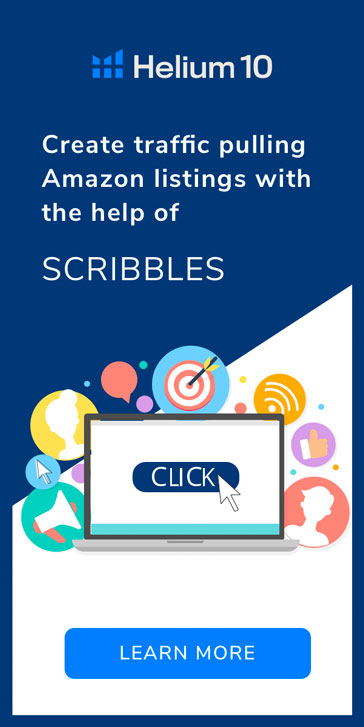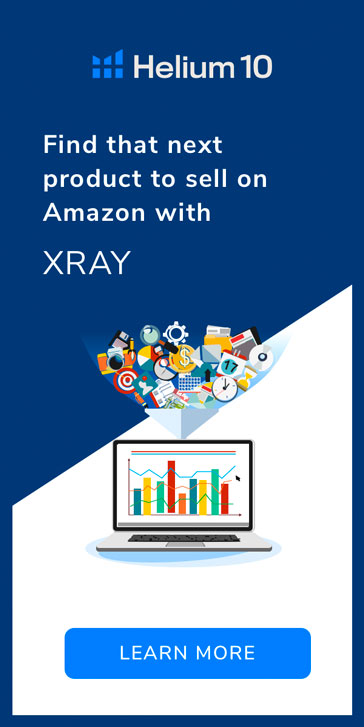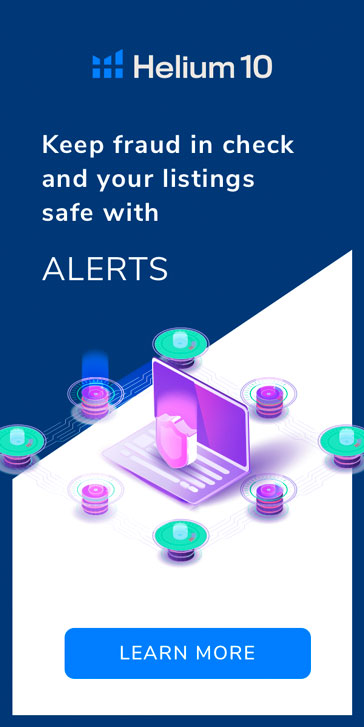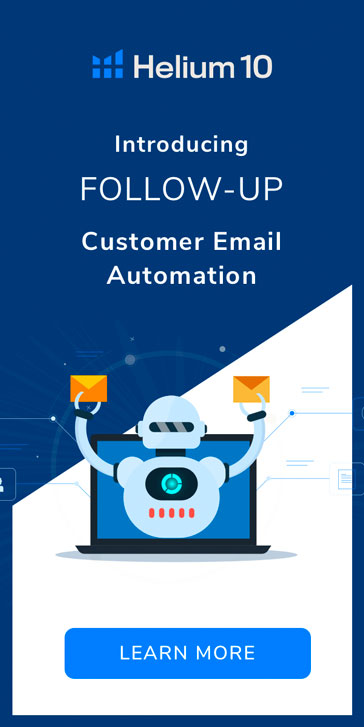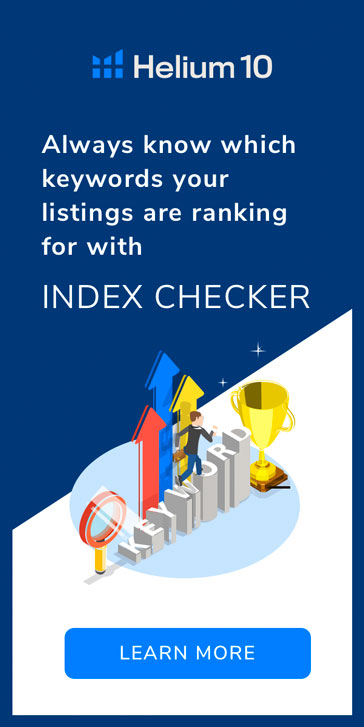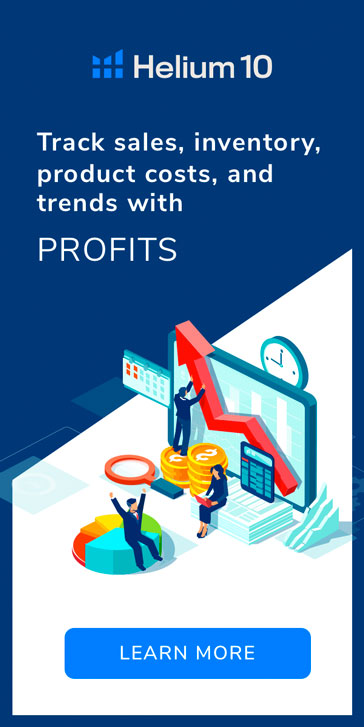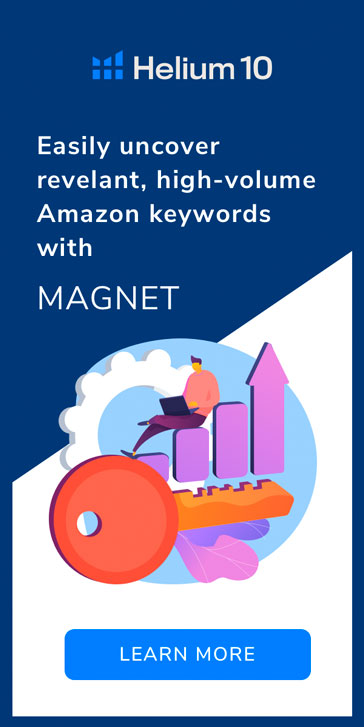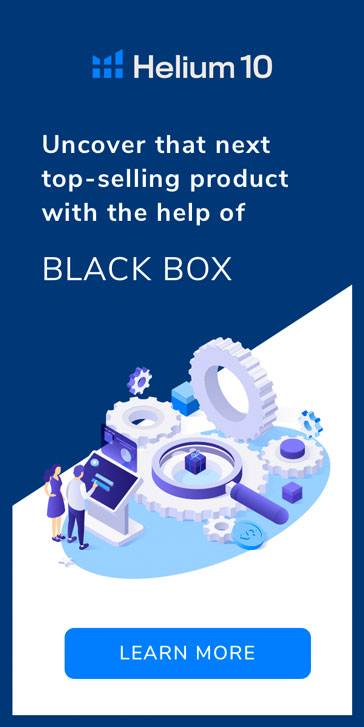Adding a new outsourcing partner to your business is naturally a tremendous change, and it can get a bit scary. You’ll need to prepare yourself and your employees for the shift.
We’ve seen a lot of companies take their first 3PL baby steps, and most really enjoy the process. Working with diverse types of businesses and products has allowed us to see what makes that first month special and how to keep you and your customer happy.
Here are our five best pieces of advice to have a great first month (and beyond) with your new 3PL partner.
Set and Reaffirm Expectations
Working with any partner should always start with defining your expectations. This ensures that you both agree on the processes that’ll happen for the fulfillment service as well as the metrics or other data to track. Review these expectations ahead of month one and touch base during month one to make sure your partner has everything they need. You don’t want them waiting on you for data or decisions. On the other hand, you shouldn’t want for your partner either. If you have a question or something isn’t working as you expected, reach out proactively.
When in doubt, always ask.
Test Every Process
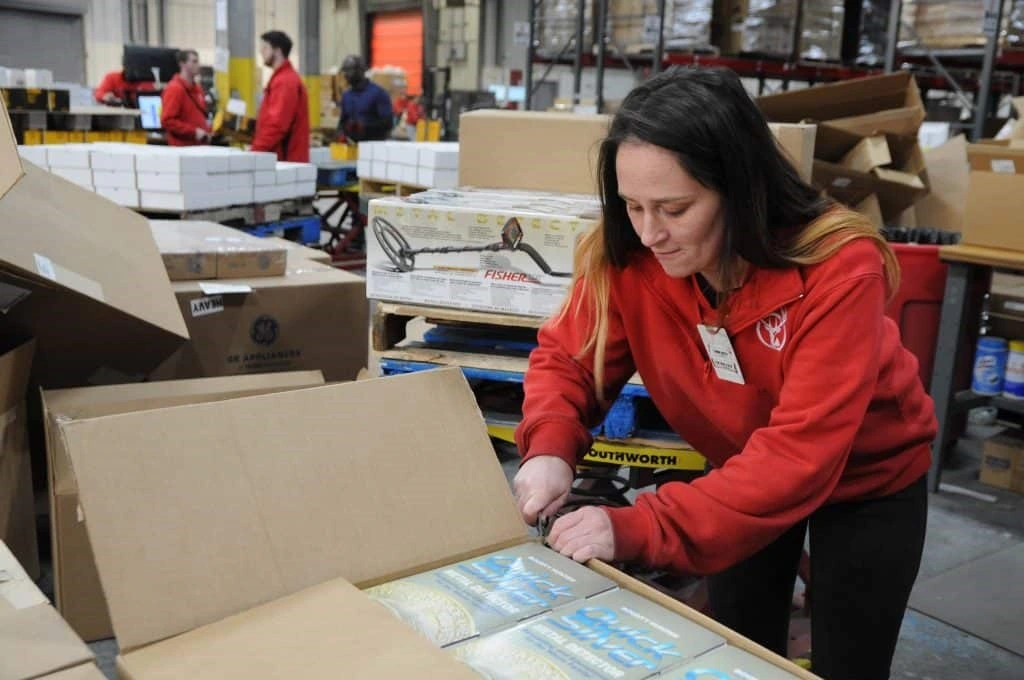
During month one, you’ll want to test out the processes and metrics plus the reporting. This can be elements the partner knows, such as calls for data or reviews of how well your system is passing along order information. It’s essential to review the steps of every process to test them efficiently.
We’d also recommend a few private, thorough tests of the platform. Go through it like a true customer and don’t let your fulfillment partner know it’s you-you’re trying to avoid any special treatment. Purchasing products to see how smooth the data and order transition is can be helpful. You’ll also be able to audit the look of your packaged goods, see if their shipping is on-time, and take some overall quality measurements.
This isn’t about mistrust. You want to know that your business is being represented fairly, accurately, and in a positive way. That’s what you’re paying for, so it is okay (and expected) that you’ll run some tests.
Plus, 3PL operations will run a little differently than your warehouse did. Testing and reviewing with your partner can help you understand the fulfillment process and resource differences.
Review Your Communication Options
Regular communication is critical, especially in your first month. The partner needs to know that you’re interested and available if they have any questions. Set up multiple check-ins for the first month and discuss anything that comes up. Track questions or concerns with data whenever possible so you can both reach an understanding quickly.
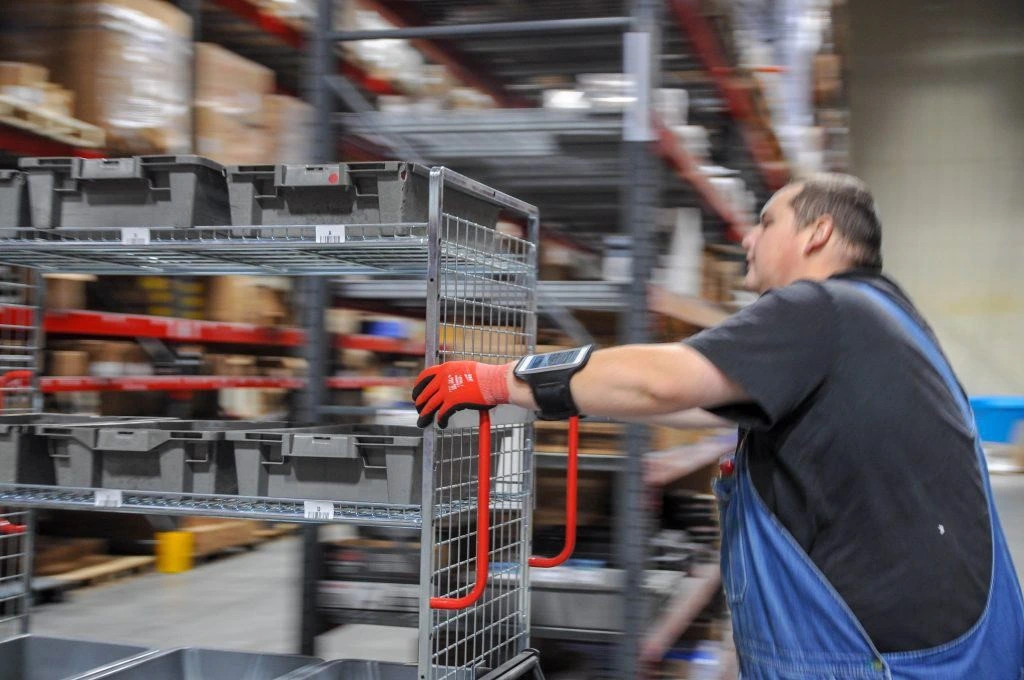
Detailed communications are another way to show that you are taking the partnership seriously and that you have high expectations of it.
For best results, clarify how you want to communicate too. If possible, consider digital meetings as part of your mix so that you can share your computer screen and point to data or software concerns you have. This also gives you the chance to ask for live information or to see what they have on your specific products.
Have a Backup
Things go wrong in the first month or two. No one can plan for every accident, eventuality, or unique concern. Things change, and that’s okay. What’s important is your plan to address any issues that arise.
When possible, look for backups and protections around your core operations. This might mean having an extra product on hand, especially if your goods are fragile or perishable. You might keep copies of orders on your system so that a 3PL outage or hiccup doesn’t harm your system.
Audits are another essential part of the backup and review process. How will you know if customers start returning goods because more are damaged? Can you quickly respond to the concerns customers have with this partner?
Discuss Changes and Risks
The first month of working with a 3PL involves a lot of worry for many companies. They want to ensure products aren’t damaged and that customers stay happy. All the risks common to this part of the supply chain are now in the hands of someone else, and it can be nerve-wracking.
If you feel this way, communicate. Talk to your 3PL to see what they suggest. Ask them about how they mitigate risks or things you can look for to get ahead of customer concerns.
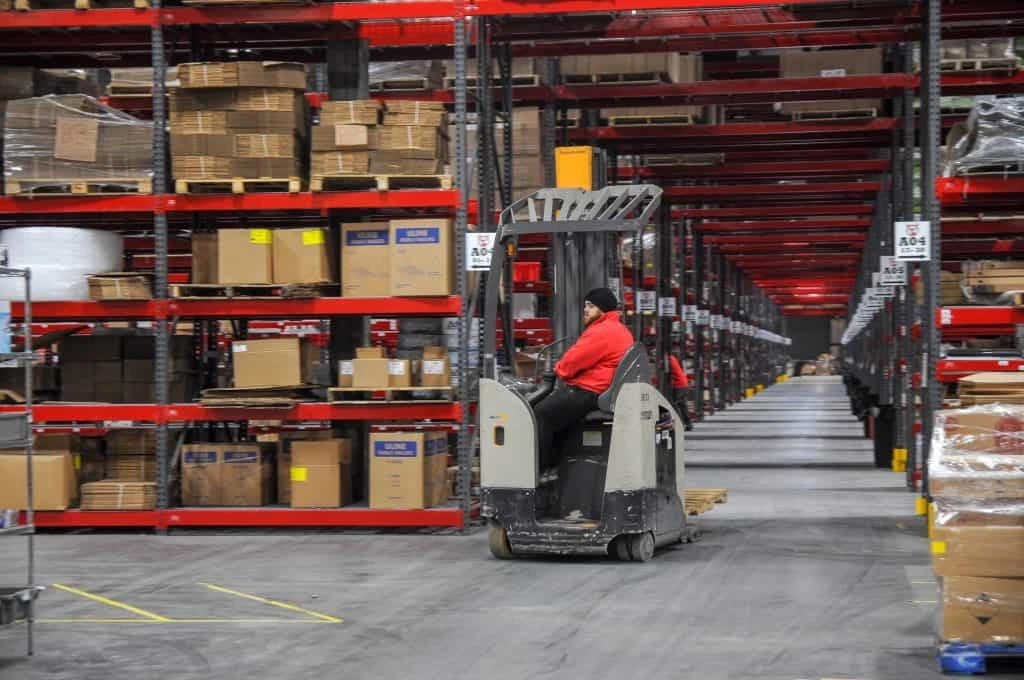
If you see something happening in the warehouse that you don’t like, communicate again. Express the concern and what you would like to see done differently. Bring this up quickly so that you can address it immediately, instead of stewing on something that’s upsetting you.
Your 3PL is a partner, and you have a relationship. Communication is key to any relationship and being proactive about the changes you want to see, or risks you fear is the best way to alleviate them quickly.
Disclaimer:
(To make our lawyers happy):
The views, thoughts, advice, strategies, and opinions expressed in this blog belong solely to the guest blogger (author of this blog). They do not purport to represent or reflect the views, thoughts, advice, strategies, or opinions of Helium 10, its parent organization, subsidiaries, partners, affiliates, or any other entities doing business with Helium 10.
Given the ever-changing nature of selling on Amazon, sellers should use common sense and consider the relevancy and timing (among other factors) of any information, strategies, or advice that they receive and make the most appropriate choices for their own business. Helium 10, its parent organization, subsidiaries, partners, affiliates, or any other entities doing business with Helium 10 are not responsible for any legal, financial, operational, or any other professional losses or damage that may result from execution of said information, strategies, or advice.
Original post from How to Have the Best First Month with a Fulfillment Company – Helium 10












